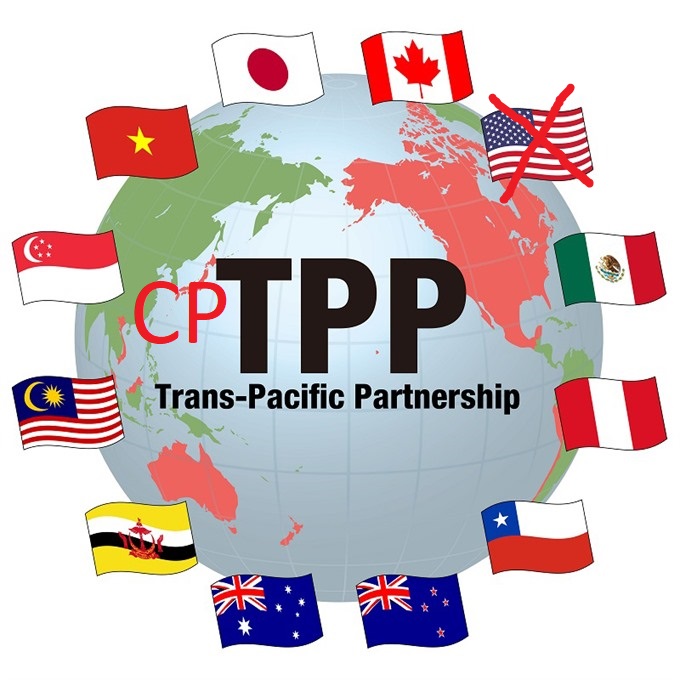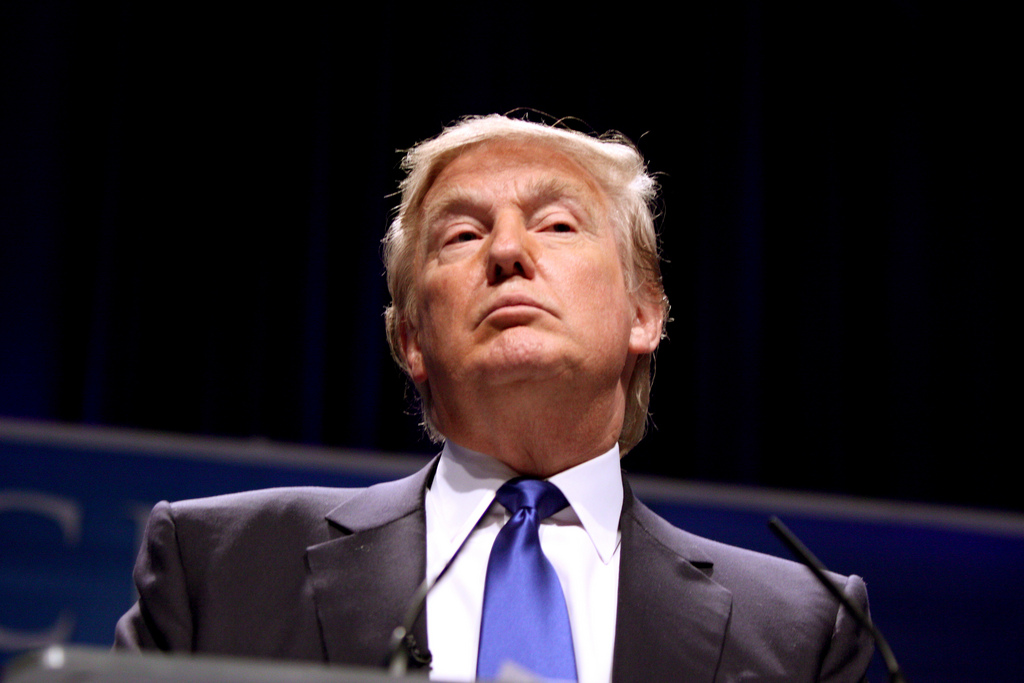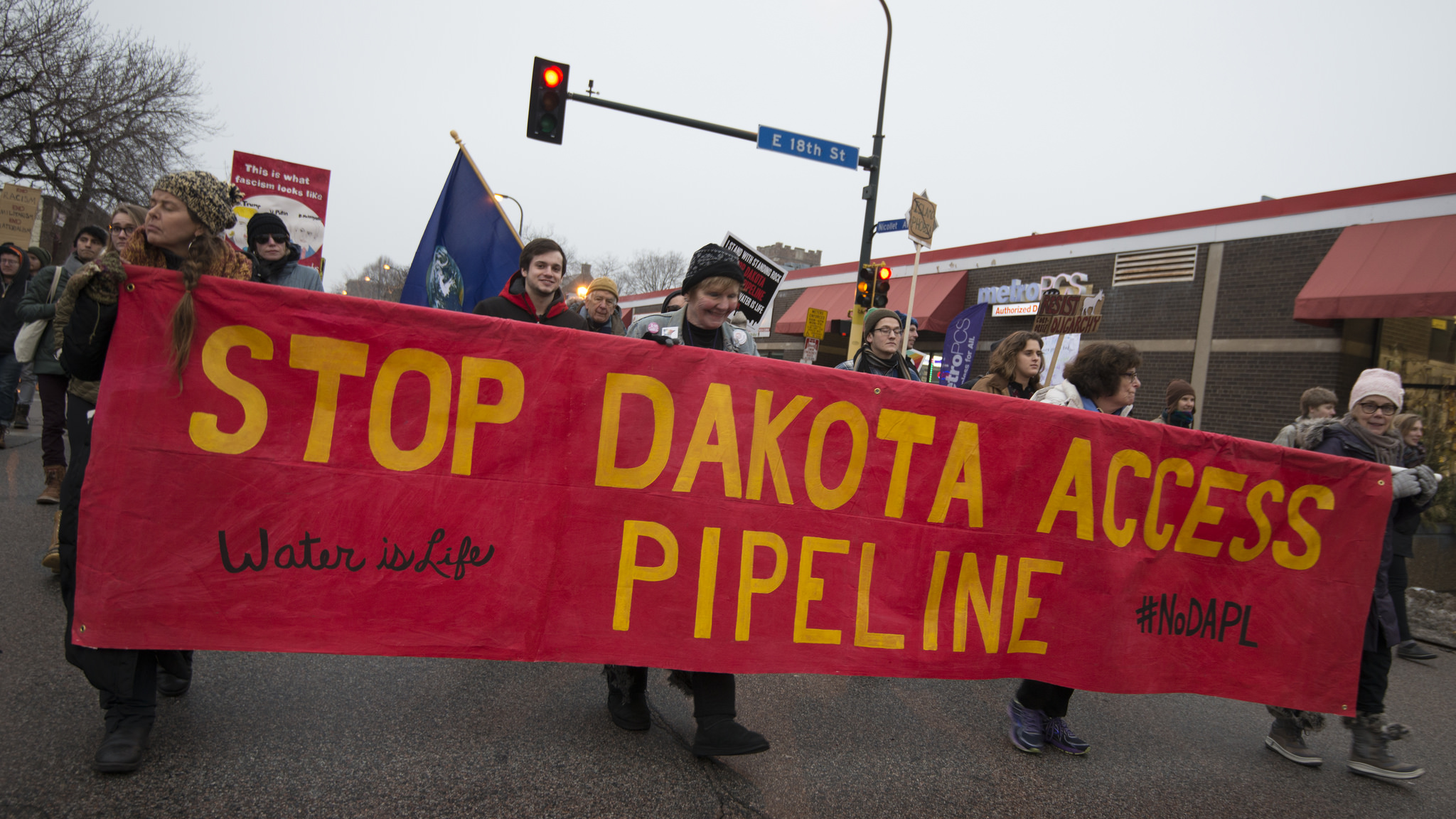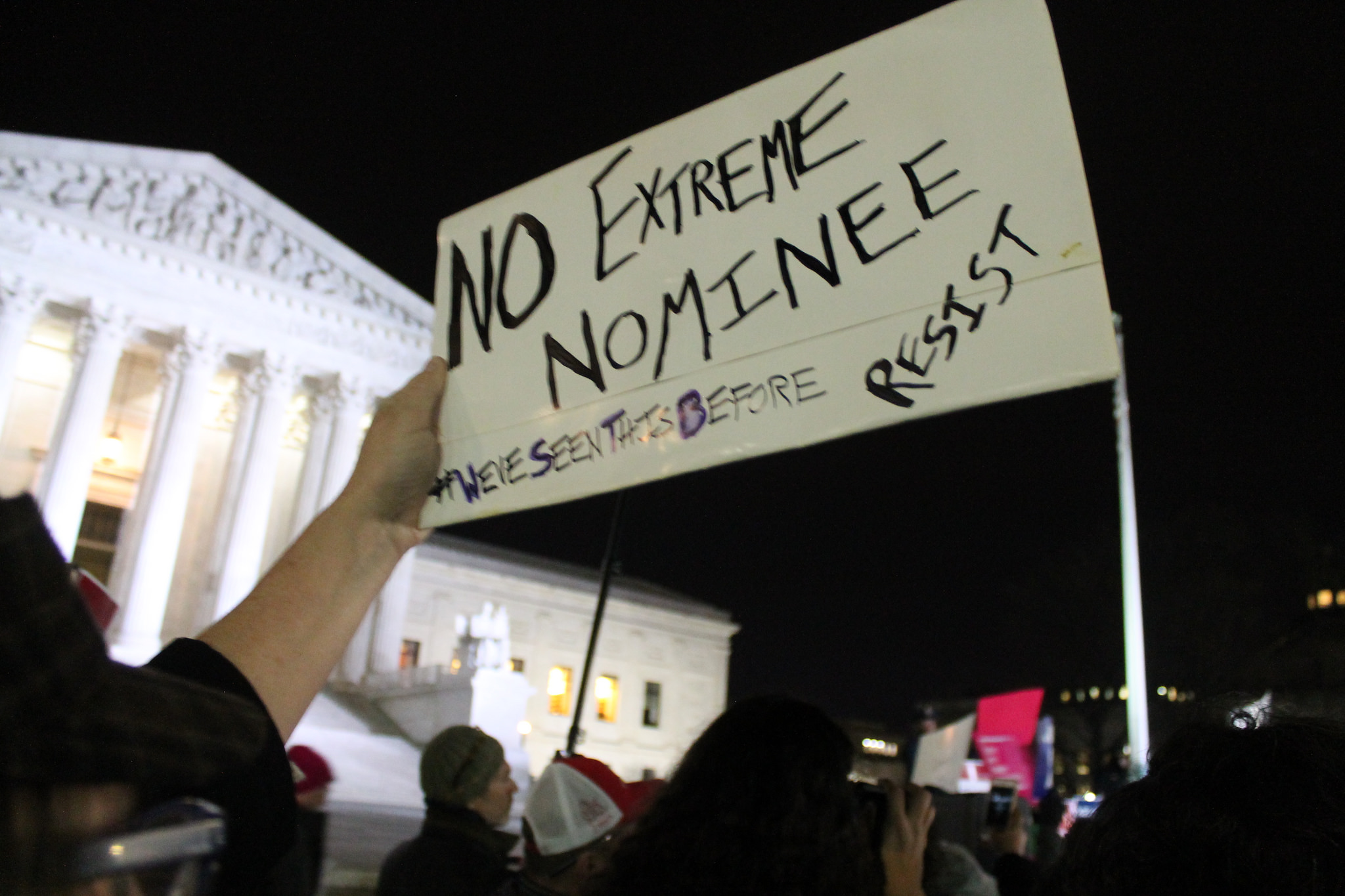Responding to concerns from the agricultural community, Trump today noted that he had instructed U.S. Trade Representative Robert E. Lighthizer and National Economic Council Director Larry Kudlow to explore the US rejoining the Trans-Pacific Partnership, “…on our terms of course”. The news either portrays the information in a positive manner, or skeptically, noting the many […]




